FOOD FOR THOUGHTS: THE DIVERSE BODY/IES IN PERFORMING ARTS : BODIES FULL OF OTHER BODIES
“Diversitas” is the etymological root of “diversity”, and it refers to both human beings and other organisms which are multiple and varied, different and singular. There are several types of diversities. This word is used for things, opinions, animals or people. The concept that can refer to aspects of humanity such as race, class, biology, culture, linguistics, ability, sexuality, religion, opinions or ideologies. However, it is one thing to perceive its existence and another to develop the ethical and interpersonal skills required to understand it, both in society and in all living beings that cohabit our planet. We do not exist without others and there is not just one way of existing, but a multiplicity of forms of life, each one complex in itself. I prefer ways of life that move away from standardised patterns, because, on a social level, life and all its stages have typically been understood in relation to convention.
Performance is also diverse. Defining the term “performance” is complicated because its semantics are broad. It is used in a variety of ways, but I am interested in analysing it as an artistic practice, language or means of expression. Although there is no formal or official definition of performance because it can be done in multiple ways and its exponents are themselves diverse, certain key concepts or characterising elements have emerged as I have written about my practice. I am fascinated by performance because it runs counter to its nature to pigeonhole it into one discipline. It is an embodied, anarchic and interdisciplinary practice that stands on the margins of institutions and against the cultural apparatuses that have tried to mould it, breaking through the limits of art. Being interdisciplinary by nature, it mismade up of knowledge, skills and elements learned by artists, which are used to shape action. We can agree on some practice-related elements that will help us grasp an approximation of the concept, but each artist carries his or her own tools and knowledge that make his or her practice unique. The central element of any performance is the use of the body - its living presence - as a basis. That is to say, the performer occupies his or her body as a material on stage, since it is physicality which brings the human experience to life. Our bodies are our archive, our memory, an evocative medium, our vital space and a space of happenings and confrontation.
“The body is in itself the place and space of the image, and its representation in a performance space goes beyond the limitations of representation”(Borges de Barros, 2011, p. 27).
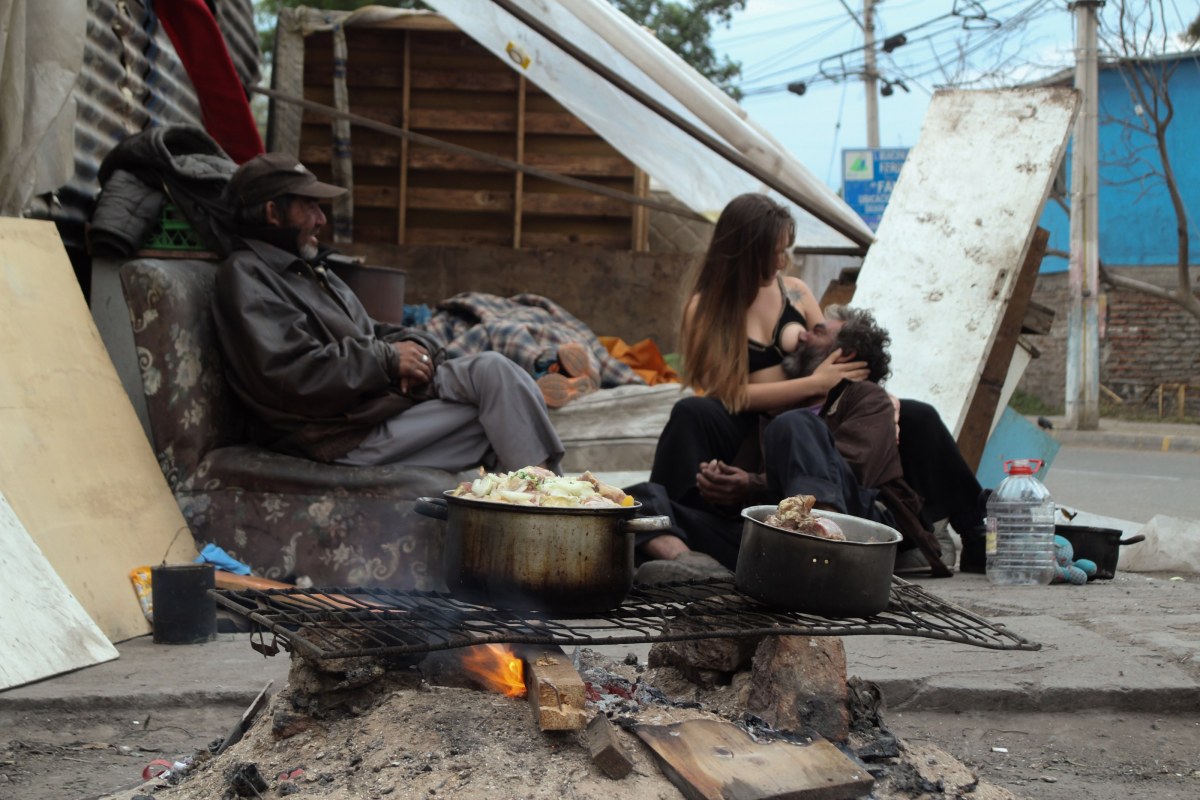
Another important aspect of performance is its spatiality. In this regard, the researcher Amilcar Borges de Barros makes a distinction between the concepts of space and place, viewing the former term as:
“a site of occupation, enunciation, positioning, expansion, organisation, presentation and optical/haptic agency, and space as a fissure, route and point of escape/blindness that evades us and is reified, displaced and multiplied by encounters, context, perceptions and interpretations between observer and the observed” (Borges de Barros,2011, p. 22).
Thanks to Borges, I was able to understand the body as a space incarnate and as a place, with sound as another space, and visuality taking precedence over orality and the use of words. The limits of representation and presentation are blurred in a performance, generating confusion in the spectators, an issue that draws my attention when it happens because it opens the way for different readings and interpretations. During the performance, an active relationship is established in the present moment between the environment, the other performers (in the case of an ensemble or collective performance), the spectator and the stage event. In my case, images emerge as a kind of sketch and form a diagram or structure, but always with an openness to new images emerging during execution.
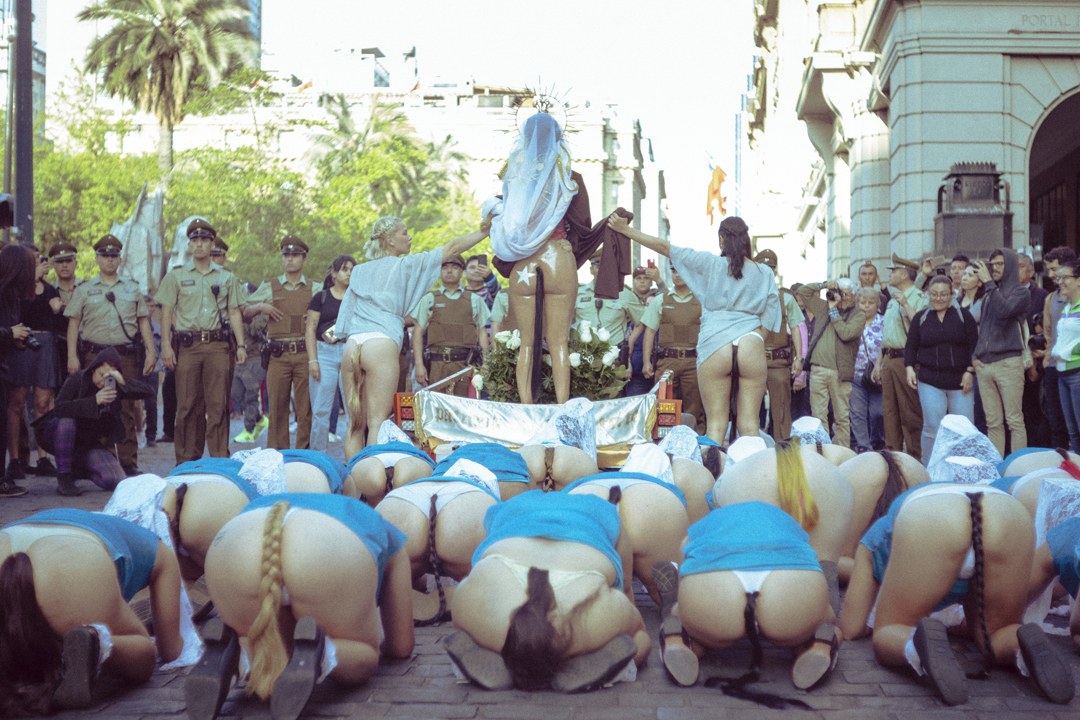
Personally, conventional venues such as theatres, art centres, museums or galleries don't make sense to me as performance spaces. I prefer spaces where a sense of dislocation is generated, spaces where such events are not expected, and unconventional places where a tension occurs between what a place represents, the memory it holds and the action. In this way, it revives political, socio-cultural and critical positions or re-situates the spectators’ gaze and interpretations when confronted with a specific event, subjects or places that represent order, control and repression. The spaces where, in my opinion, performances should take place are institutional sites, sites which hold memories, streets, homes or even out in nature, for example. The choice of place is part of the thinking process behind the action, bearing in mind the differences between spaces and places. The choice should not be random. In my practice, this decision has become a fundamental part of the diagramming and sketching process that forms into an action on the basis of an image, and then unfolds into even more image-compositions planned or created in the moment.

Rhythm and temporality are non-material and essential components that can vary, and it is important to be aware of how they are being used. In terms of time, an action can be fleeting, brief or durational. The moment when the event occurs is the here and now. That is why it is said that performance is ephemeral, but this does not mean that it cannot exist over time through audiovisual recordings and photographs. An important part of the processes behind work and its creation is recording live performance and, in the case of audiovisual material, editing. An artist can generate his or her own archive through recordings. In this practice, the creative process, exploration and research are the priority, as opposed to results alone. No single piece is a result in itself; instead, each one is part of a larger research process. In my case, I focus on looking for new possibilities that will enable me to manipulate the materialities I choose, the potential readings and the compositions of images which emerge from the different uses I give them. The process will culminate when the artist dies or when he or she decides to stop or can no longer continue to create. Actions can be carried out individually or collectively, or be picked up and continued by bystanders. I consider myself a performance director, an unusual role that does not usually exist in my language (Spanish). Thanks to the performing arts tools I bring, I have been able to discover a methodology that allows me to direct from within the performance and become the chorus of a choir. The number of performers varies according to each work’s requirements. The leader of this chorus —me, in this case — should not be identified, according to this premise. The performance’s audience is as multiple and diverse as each person. It can be an audience close to the performer which is attending with the express purpose of seeing the action, companions who are accomplices by dint of their containment in the space, or strangers who happen to pass through the space where the work takes place. It is mainly this last category of viewers that I am thinking of. Performing in public space is the most effective way of appealing to a wide audience and establishing an equal relationship between co-subjects (that is to say, between performers and passers-by). It requires this shared presence to turn the aesthetic experience into a social event, triggering a transformation not only in the person who enacts it, but also in the person who witnesses it. The concept of liminality is relevant here. This concept does not come from art theory, aesthetics or philosophy, but from anthropological studies of rituals(Fischer-Lichte, 2014). In his book The Rites of Passage, French folklorist and ethnographer Arnold van Gennep(2008) writes that there are three phases of ritual: separation, transition (or limen) and reintegration. Building on van Gennep's research, the Scottish anthropologist Victor Turner (1988)devised the concept of liminality as a threshold space, a suspended, interstitial state that the individual experiences when undergoing a rite of passage. This transformation implies the passage from one level to another and moving towards a new state, one different and distant from that which came before. Performance scholar and theorist Richard Schechner (2010) agrees with Turner's thinking: for both writers, performance liminality. In other words, the liminality born out of ritual can be extrapolated to performance art by generating an interstitial space between the performer and his or her audience. Another point of view is proposed by Taylor, for whom “performances operates vital acts of transfer, conveying social knowledge, memory and a sense of identity through repeated actions”(Taylor, 2011, p. 34). In this sense, ritual's transformative quality as outlined by Turner (1988) and Schechner(2010) is adapted from the perspective of memory and the transfer of social knowledge which the performer shares with the audience through the work action, starting from that interstitial space which envelops them both. The word “performance” is of English origin, so it is foreign to Latin Americans. Taylor (2011) points out that, from a Latin American perspective, the term “performance” bespeaks a new colonialism because it has no translation into Spanish or Portuguese, and it is not used by all artists to refer to their work. Despite this, it appears in lots of different contexts, as it “has traditionally been used in the arts especially to refer to performance art, live art and action art” (Taylor, 2011, p. 35).
I would like to point out the transvestism of the word “performance” in my language. The artist, the person who studies the art or the person who witnesses it can use the word as either a masculine or feminine noun in Spanish. I decided to refer to it as la performance (the feminine form). Given that the gendered language of Spanish is the one that allows me to communicate, it is relevant and unavoidable for me to think about the gender or sex of the concept and its practice. This exercise can be extrapolated to offer a way of rethinking and problematizing race, class, churches, the nation-state, marital and migration status, and resisting and confronting all power’s institutions. This enables it to generate resonances and gain local strength, as it emerges in situ. Initially, my invitations and projects were made up of cis women (cis being a term for people whose gender identity matches their assigned gender at birth). Cis is a Latin prefix meaning “on this side”, so that which is on the other side is “trans”. Cis women are born with a vulva and who, since birth, have inhabited the world as women and have reaffirmed their status as such. As I began to question the heterosexual and binary regime under which humans are socially conceptualised, it became important and urgent for me to broaden the invitation to encourage articulations with sex-gender dissidence. To reject the heteronormative and heterosexual conventions by which reality is understood and ordered, I included trans people, sex workers, transvestites, drag artists and non-binary people into my performances. Together,we recognised ourselves as the opposite of submissive, as agitators who confront the historical construction that the white, heterosexual, cis-gendered male has established over us. The singularities of each person in my work teams in terms of gender identity,“race”, physical particularities and abilities are of great relevance. In this regard, in neither my artistic work nor my daily life do I leave an opening for those to whom I have no ideological, political or class-based affinity. I have decided to use the term “sexual dissidence” to refer to the community that I have felt part of since I was a teenager, when I recognised myself as a non-heterosexual person, because I am aware of our historical burden of discrimination and violence, as well as the memories of struggle and offence in the face of those who seek to victimise us, the wider public and repressive institutions. On the contrary, “sexual diversity” is a term that I do not use because it is exclusionary, constructing a distance and a margin. It has been co-opted by the neoliberal system to single out people who are other, non-heterosexuals or those who reject gender binarism, neutralising its political potential.
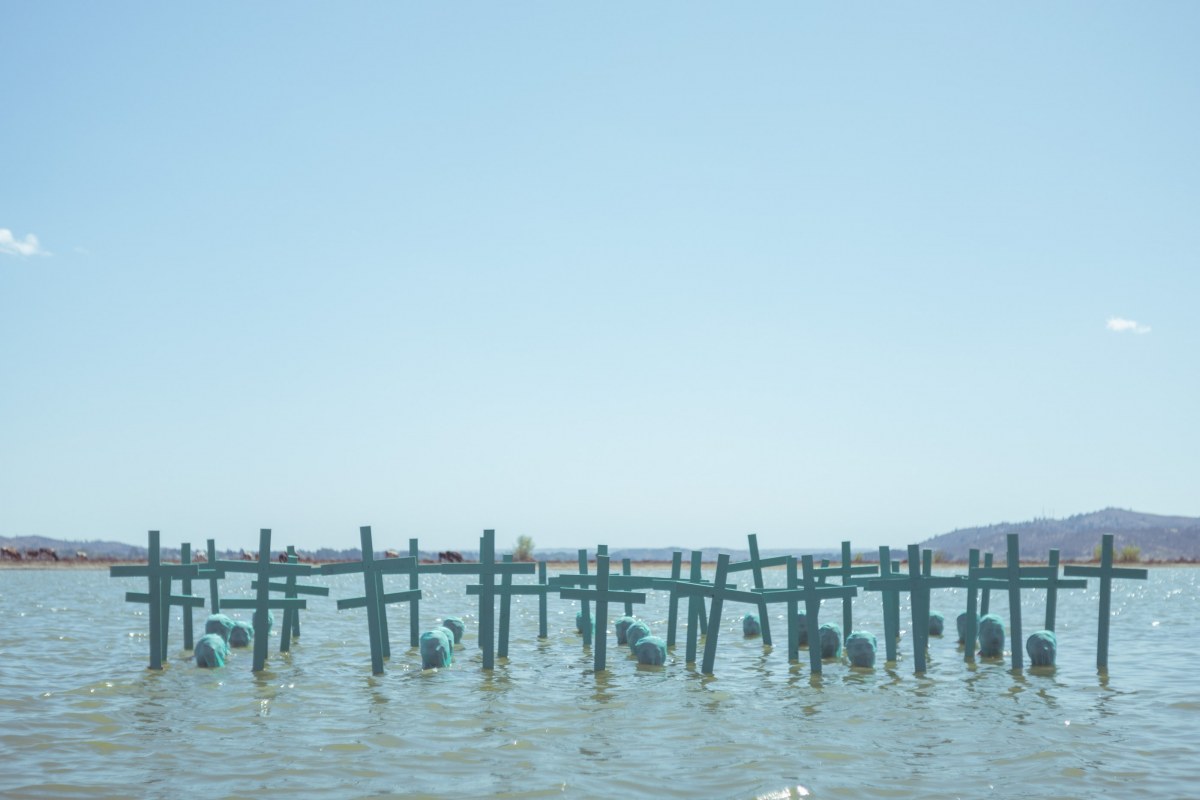
Going back to my practice, I think it is difficult to separate it from everyday life. Life and creative works are intertwined, they exist in and of each other. In terms of sexuality - a frequent theme in my work - I strongly defend sexual and reproductive rights and our continual mutation and fluidity. I am fascinated to think of an anarchic eroticism that resists the one inherited by hegemonic cis-normativity, in which heterosexuality is obligatory and all those who do not follow the mandate must be tolerated from the point of view of liberal spaces and institutions. In life and work, I propose that we live our desires in an autonomous way, that we be unclassifiable,each one with their own tastes, fetishes, pleasures and specific needs. Modes and individuals are diverse, just as every life is diverse. I like to think that each person has specific desires and that these can become a centre of political affirmation and a unique and singular social identity. In creative works, this affirmation and place of political enunciation which is the body itself makes meaning, stimulating potential interpretations and the construction of a discourse. Discourses are articulated according to socio-political contexts. Any social transformation has a radical impact on artistic practice, as one is inherent to the other. Therefore, each of the people and all the memories that their bodies carry are part of the work and, when recorded on camera, become a historical, cultural, political and social archive, rather than a mere artistic show.
Bibliography
Borges, A. (2011). Dramaturgia corporal. Santiago de Chile: Cuarto propio
Fischer-Lichte, E. (2008). The Transformative Power of Performance: A New Aesthetics. London: Routledge.
van Gennep, A. (1960). The Rites of Passage. London: The University of Chicago Press.
Schechner, R. (1988). Performance Theory. New York: Routledge.
Taylor, D. (2011). Estudios avanzados de performance. New York: The Hemispheric Institute.
Turner, V. (1969). The Ritual Process: Structure and Anti-Structure. London: Transaction.
Special thanks to sociologist and performer Ivón Figueroa Taucán for editing this text.
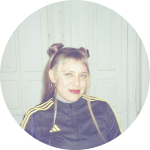
Cheril Linett is a Chilean performance artist and stage director, graduate in Theatre with a major in Performance (Universidad Academia de Humanismo Cristiano). She is the author of the performance project Yeguada Latinoamericana. She began her artistic work in 2015, participating in meetings, festivals and, mainly, performing independently in public spaces. To date, she has created and directed numerous works, grouped in performance series such as Coreografía de la Succión, Poética de las Aguas, Vertiente Fúnebre and Casa. She published the books Yeguada Latinoamericana de Cheril Linett (Trío Editorial, 2021) and Anarcografías del Cuerpo (Trío Editorial, 2021), which compile photographs and texts about her works. She has participated in group exhibitions in Chile and Germany, and in artistic residencies in Argentina and Spain. Recently, she had her first solo exhibition, entitled Del cuerpo a la carne (Museo C. A. V. La Neomudéjar, Madrid, Spain), and directed the play Volver al lugar donde asesinaron a mi madre, written by Carla Zuñiga.



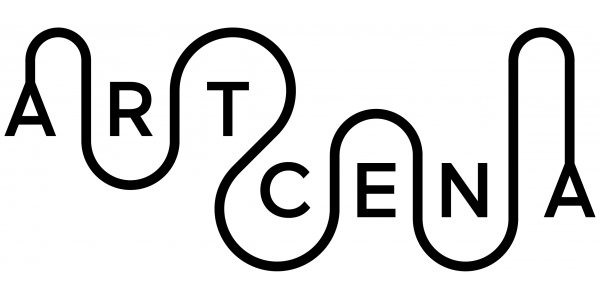

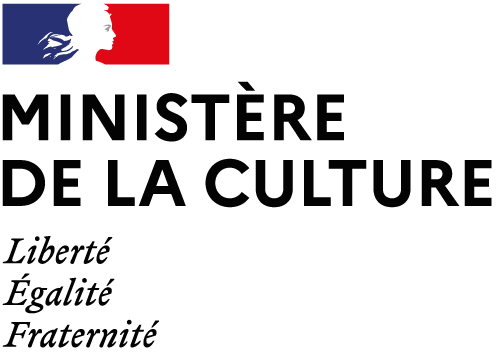
write us: infocircostrada@artcena.fr